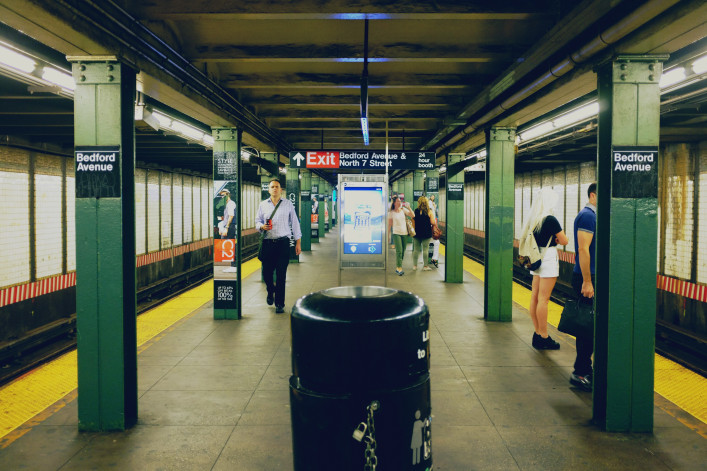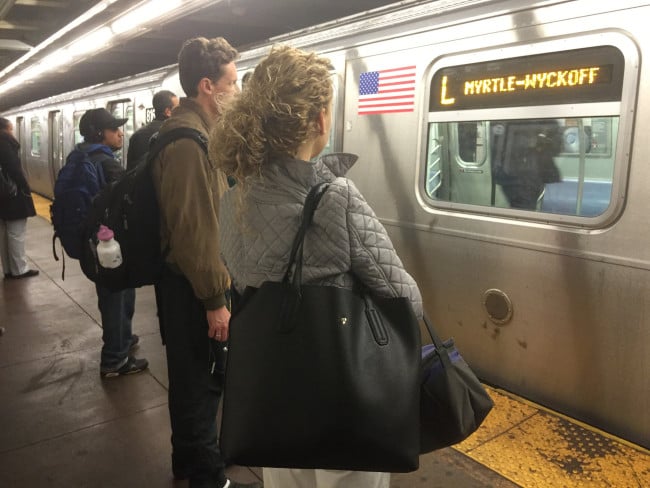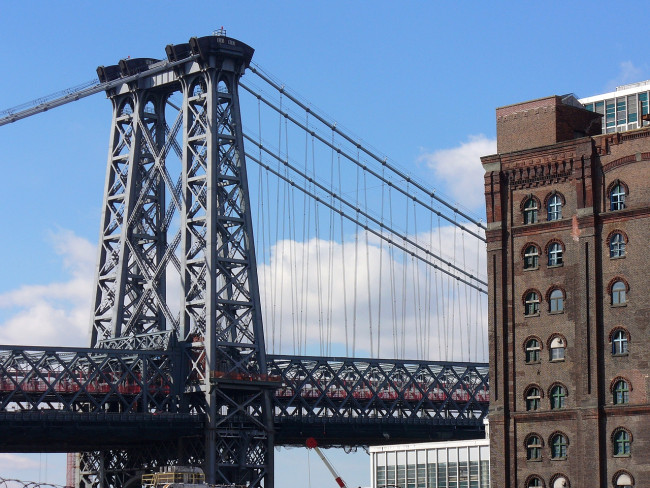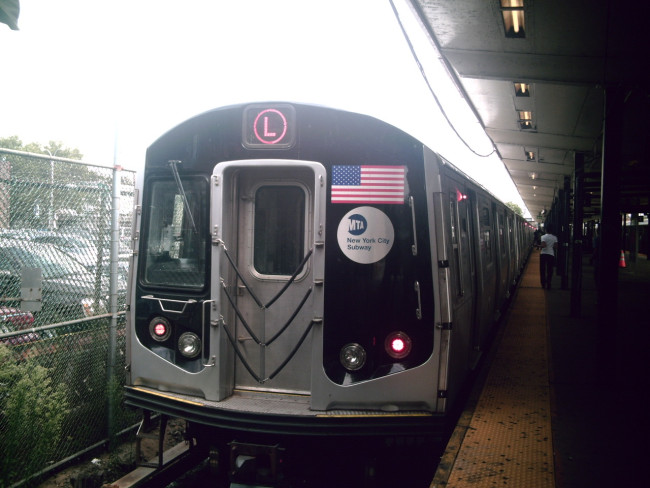New Yorkers asked to choose the lesser of two L train evils
It seems we're getting closer to a decision about how the MTA will handle repairs to the Hurricane Sandy-damaged Canarsie Tube, which is used by the L train as it travels between Brooklyn and Manhattan. Gothamist reports that the city's transportation agency has offered two possibilities, neither of them particularly appealing: a total shutdown of service between Bedford Avenue in Brooklyn and Eighth Avenue in Manhattan for 18 months, or a partial shutdown between the same stations for three years.
The partial shutdown would entail employing only one tube at a time and running trains much less frequently—only every 12 to 15 minutes during rush hour. (Even now, things can get ugly along this busy line during heavy commute times; see what happened recently after a "rail condition" caused delays.)
The MTA held a community meeting in Brooklyn last night to discuss the two options and field locals' questions. According to the New York Times, some attendees expressed fears that either plan "could paralyze Williamsburg and other Brooklyn neighborhoods."
But some Brooklynites see the shutdown as a potential corrective for neighborhoods that have experienced gentrification and heavy development. Dianca London, a Bushwick resident, says she'd prefer the total shutdown option for how it might make rents go down: "I'd appreciate that a lot, because it's already crazy expensive to live in my neighborhood," she says. "It will definitely hurt the market, but I think in the long run it will be better for the community in terms of those who were originally there."
David Maundrell, an executive vice president of new development in Brooklyn and Queens for Citi Habitats, says that, in fact, the shutdown will impact all demographics, from the working class to the affluent. As for the market, "it's going to be a challenging time for real estate," Maundrell says. "The only reason why Williamsburg exists as it does is because of the L train, but I can't predict what the negative outcome will be."
He notes that business owners could be especially hard hit and start feeling the impact as early as 2018, if locals don't renew their leases ahead of the shutdown, and stresses the importance of creating transportation alternatives now: "The bus and ferry don't work for a lot of people. The MTA needs to amp up the G train to help people get to the JMZ or the 7 line." Williamsburg's waterfront and East Williamsburg, two areas that aren't in close proximity to the G, may suffer the most, Maundrell says, but adds that some of the larger developments have already announced they'll have shuttle buses for their tenants.
For her part, London says she has already structured her life so she doesn't have to commute into Manhattan by working in Brooklyn and Queens. Longtime New Yorkers, she says, are used to the inconveniences that come with a complex subway system. "The people making the biggest bellyache, I'm assuming, are transplants," she says. "It's inconvenient for them because they bought that fancy condo at Bedford for easy access to work and now they won't be able to get there."
The MTA says it will make a decision within three months; another public meeting will be held on May 12 in Manhattan, and locals can also make their voices heard by submitting comments here.
You Might Also Like





























